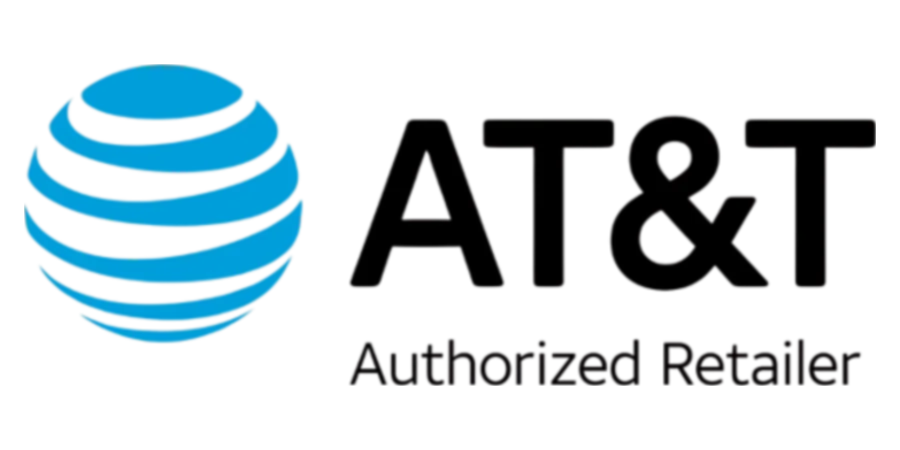Let's find your deal!
Trusted Digital Services for Palm Desert Homes
Compare Internet, Streaming & Home Security in Palm Desert, CA
Call Now!

Explore the key differences and make an informed choice.

Starting from
$60/mo
500 Mbps
- No Contracts. Get your freedom.
- Fiber Plans include AT&T ActiveArmor 24/7 Network Security Protection.
- Speeds up to 5 Gigs with Select Plans.

Starting from
$30/mo
500 Mbps
- Contract Buyout Spectrum Internet® up to $500.
- No Contracts, Data Caps or Hidden Fees.
- Up to 1 Gig Internet Speed (wireless speeds may vary).

Starting from
$49.99/mo
500 Mbps
- No Contracts or Hidden Fees (Transparent pricing).
- Fiber Plans include a FREE WiFi Router; Fiber 500+ comes with a FREE Amazon Eero Router.
- Speeds up to 5,000 Mbps (wireless speeds may vary).
Connect with an Expert!
Frequently Asked Questions
Which Companies Provide Internet and Home Services in Palm Desert?
Palm Desert homes can choose from well-known providers like AT&T, Spectrum, Frontier, Viasat, and Earthlink. From internet and streaming to smart home integration and mobile plans, SmarterHome.ai helps you compare available services based on your address and personal needs.
How Do I Select the Best Internet Plan in Palm Desert?
Use SmarterHome.ai to view internet plans available in your area by entering your zip code. You’ll be able to compare Frontier, AT&T, and Earthlink side by side based on pricing, speed, and features. Whether you’re a remote worker or a casual browser, there’s an option that fits.
How Can Palm Desert Homes Stay Connected and Protected?
Providers like Spectrum and Frontier offer dependable internet for everyday use. AT&T enables smart security systems with features like mobile access and alerts. For more remote or flexible needs, Earthlink and Viasat provide wireless and satellite options to help Palm Desert homes stay connected at all times.
Are Internet and TV Bundles Available in Palm Desert?
Yes, many providers offer discounted rates when you bundle services. Spectrum and AT&T frequently run bundle offers that include internet, TV, and mobile. Depending on your location, Earthlink and Viasat may offer tailored packages. SmarterHome.ai helps you view all available deals with ease.
What Internet Speeds Are Recommended for Palm Desert Homes?
For Palm Desert residents with heavy usage—like 4K streaming, smart home systems, or multiple users—fiber plans from AT&T or Frontier offering speeds of 500 Mbps or more are an excellent choice. For everyday internet needs such as browsing, video calls, and HD streaming, Spectrum’s cable service delivers dependable speeds in the 100 to 300 Mbps range. In areas with limited wired coverage, Earthlink and Viasat offer flexible satellite and wireless plans that provide enough speed for essential online activity.
Speed
Selection
Savings
Expert Help
Our experts help you find the best deals providers don't want you to know!
Contact us for personalized recommendations and support.
What our users love about us
The prices and speeds displayed on this page are estimated packages available in your area and are subject to change. For the most accurate and up-to-date information, please contact us.

